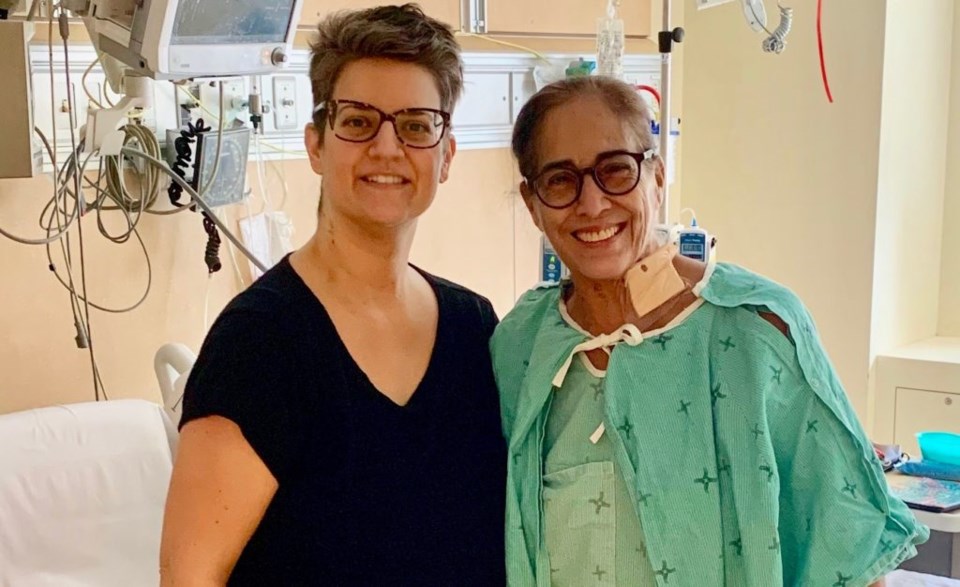
Some of you may have been following Diane Peirce’s (my wife) liver transplant journey through The Local.
Receiving her transplant April 29, Diane was one of the first liver transplant recipients in Canada during COVID-19. I am pleased to write that she is doing extremely well and enjoying a near-normal life. Well, as normal as it can get during a pandemic and caring part-time for an energetic two-year-old granddaughter (we love it of course). Despite a return trip to the hospital for three days to manage a localized infection (I believe this is common post-transplant), she continues to progress through her full recovery, which can take up to a year.
Sept. 14 to 18 is Living Donation Week 2020, hosted by The Centre for Living Donation at The University Health Network in Toronto. UHN’s clinical program in liver disease is the largest and most comprehensive program of its kind in North America. To bring national awareness to this important cause, The Centre for Living Donation is hosting a series of educational, interactive webinars this week. More information is available at www.UHN.ca. Many transplant donors, recipients, and their caregivers, including Diane and I, will participate in the webinars.
Diane and her donor, Joy, were also recently interviewed by CTV’s award-winning, medical correspondent Avis Favaro. Their story was aired on CTV National News on Sunday night. It focused on the gender disparity for deceased liver donations. It turns out that most deceased donors are male, and their livers are typically too large for women. In addition, the biological score used to determine urgency of need favours men. I don’t believe the test was developed with gender in mind. It seems it simply worked out that way, with the current biological measures available. A way to overcome the disparity is through living donations — donation of a partial liver to a recipient. The donor’s liver regenerates, and the recipient’s section also grows to a full size liver . . . remarkable!
I am so proud of Diane, her strength and her advocacy. Her story started in a seemingly small way made possible by The Local, which ultimately resulted in Joy becoming her donor . . . an almost unimaginable gift of life. Their stories and living donation have now garnered national media attention. I believe CTV News is watched nightly by well over one million viewers. I can’t speak for Joy, but Diane is a very private person. All the attention seems to surprise her at times. One thing I am sure of, is that both remarkable women hope their efforts will help save many more lives.